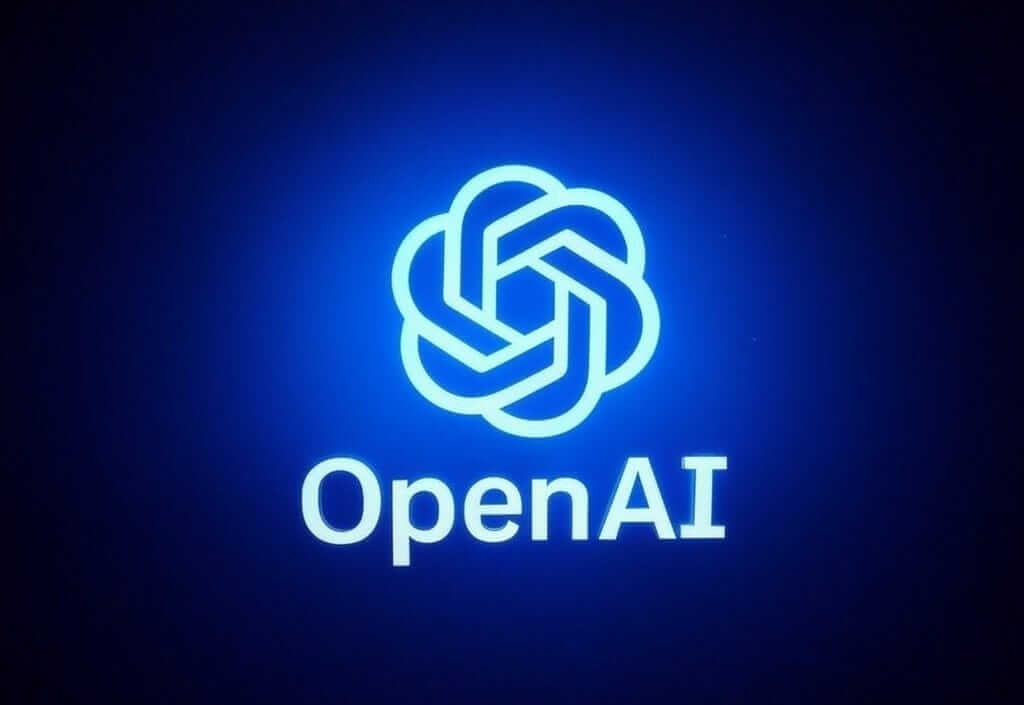OpenAI is phasing out its GPT-4 model, just two years after its initial launch in March 2023. The company has confirmed that GPT-4 will be retired from ChatGPT on April 30, 2025, and will be fully replaced by its newer, natively multimodal GPT-4o model. This transition reflects OpenAI's strategic focus on enhancing AI capabilities through improved models.
GPT-4o, the "o" standing for "omni," is capable of handling text, image, and audio inputs natively. OpenAI claims that GPT-4o consistently surpasses GPT-4 in writing, coding, STEM, instruction following, problem-solving, and conversational flow. Recent upgrades have further improved GPT-4o's capabilities, making it a natural successor to GPT-4. Additionally, OpenAI recently added native image generation capabilities to GPT-4o, enabling the model to generate more accurate and nuanced images.
While GPT-4 will no longer be accessible in the ChatGPT interface, developers and enterprise users can still use it via OpenAI's API. This ensures that those building with GPT-4 won't lose access, while ChatGPT users (both Plus and free tier) will transition fully to GPT-4o.
OpenAI's decision to retire GPT-4 aligns with CEO Sam Altman's vision of creating a "unified intelligence" framework that automatically selects the most suitable model for users. The company is also planning to introduce new AI models, including GPT-4.1 (a revised version of GPT-4o), along with mini and nano models. In addition to the GPT-4.1 Mini, Altman announced plans to release a full version of its o3 reasoning model and o4 mini model soon.
The transition to GPT-4o represents a strategic shift in OpenAI's approach to AI development. This move aims to enhance AI capabilities while streamlining the user experience, potentially eliminating the need for manual model selection in the future. Recent upgrades to ChatGPT include a new memory feature that allows the chatbot to reference previous user conversations, enhancing personalization and context-awareness in responses.
OpenAI's rapid development and deployment of new models highlights the fast-paced nature of the AI industry. While GPT-4 was a significant step up from GPT-3.5, OpenAI has since released the multimodal GPT-4o and iterations of its "o-series" models, which have "chain-of-thought" reasoning capabilities. The company is also working on future models, including additional "o" series upgrades, and is developing GPT-5, a model designed to unify and streamline its increasingly complex lineup of AI offerings.
As OpenAI continues to push the boundaries of AI, it's clear that the company is committed to creating more powerful, multimodal, and accessible AI experiences for all users.

















